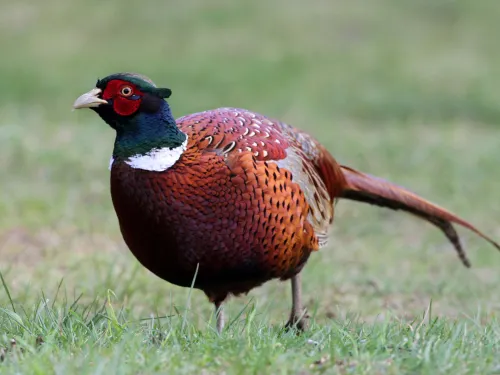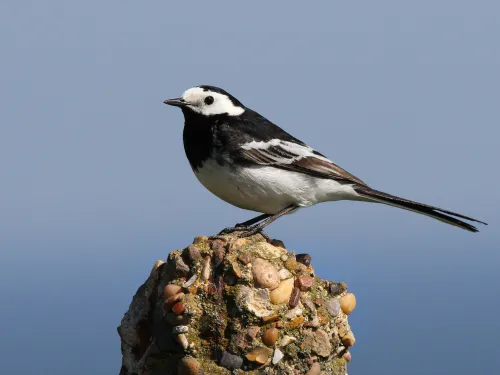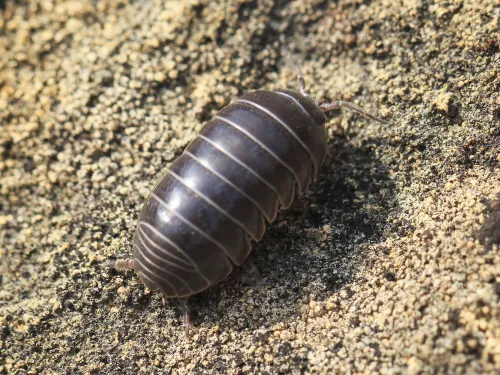Perforate st John's-wort
The subject of much myth and legend, and a herbal remedy, Perforate st John's-wort is a familiar flower. It has star-shaped, bright yellow flowers and lots of tiny holes in its leaves that give off a 'foxy' smell.
Want to learn more about wildlife near you? You're in the right place, search below and discover the nature you can help protect in Kent.
The subject of much myth and legend, and a herbal remedy, Perforate st John's-wort is a familiar flower. It has star-shaped, bright yellow flowers and lots of tiny holes in its leaves that give off a 'foxy' smell.
Petty spurge is found on cultivated ground, such as gardens, fields and waste ground. It displays cup-shaped, green flowers in clusters and oval, green leaves.

A handsome gamebird, the pheasant is an introduced species that has settled here with little problem. It can be spotted in its farmland and woodland habitats, although you'll probably hear the loud, croaking call of the male before you see it.
Once considered a weed of cornfields, the Pheasant's-eye was nearly wiped out by intensive agricultural practices. Today, it can be found in deliberately seeded areas, and on roadside verges and waste ground.
This colonial creature looks like an old-fashioned quill - that's where the name sea pen comes from.
Piddocks are a boring bivalve. No, we don't mean dull... we mean that it bores into soft rock, creating a burrow. In fact, they're the opposite of dull - they glow in the dark!

The pied wagtail is a familiar bird across town and countryside. Its black-and-white markings and long, wagging tail make it easy to identify as it hops across the road or lawn.
Pignut is a small umbellifer, with edible tubers, that is found in woods, hedges and grasslands.

Famously predatory, the long, slender pike will lurk among the vegetation of a river or lake, bursting out with ferocious speed to catch its prey. Look out for it across the UK.

The defensive mechanism of the pill woodlouse is very recognisable - it curls itself into a tight ball, only showing its plated armour to its attacker. It is an important recycler of nutrients, feeding on decaying matter.
Largely confined to the north of the UK, the rare pine marten is nocturnal and very hard to spot. However, it can be enticed to visit a peanut-laden birdtable.
Pineappleweed is an introduced species that has become a widespread 'weed' of disturbed ground, such as pavements and roadsides and gardens. It has feathery leaves and yellow flower heads.